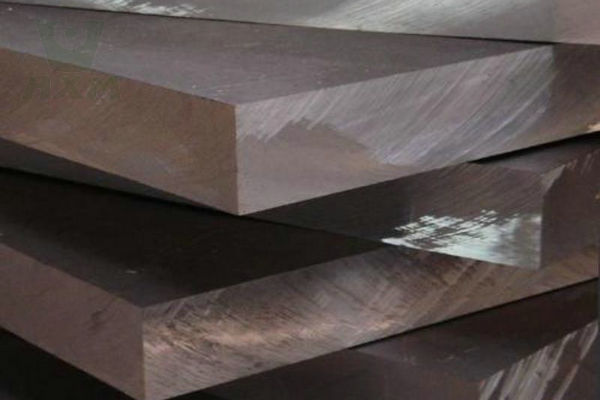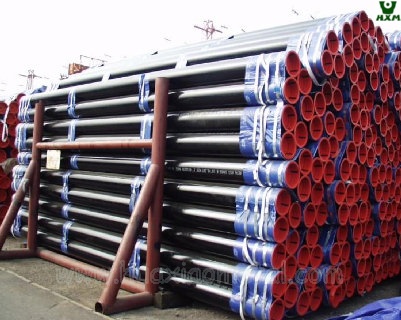The electrolytic aluminum industry is expected to be included in the national carbon market by 2023
After power generation, cement, steel, and electrolytic aluminum industries are expected to be included in the national carbon market by 2023, according to an industry survey. The carbon price in the national carbon market will also rise steadily, from 49 yuan/ton in 2022 to 87 yuan/ton in 2025.
The survey was jointly conducted by the international consulting firm ICF and Beijing Zhongchuang Carbon Investment Technology Co., Ltd. Lin Lishen, chief analyst of China Venture Carbon Investment, introduced that the investigators collected 417 questionnaires from stakeholders in different industries, of which 76% were from emission control companies, and 49% of the respondents were from regions or countries that have been included in the survey. companies in the carbon market.
Among the emission control enterprises, the power generation industry has the highest proportion (33% of respondents), followed by construction materials including cement (20%), steel (7%), chemicals (6%), and non-ferrous metals (5%) industry. 10% of the respondents were from carbon market-related service providers, including consulting services, verification services, carbon offset project development, and carbon trading services, and 3% were from research institutions. Other respondents came from academia, the financial industry, and local government.
The survey results show that the respondents expect the carbon price in the national carbon market to rise steadily, but there is a big difference in the expectations for the increase. The average carbon price in the national carbon market in 2022 is expected to be RMB 49/ton, rising to RMB 87/ton by 2025, and RMB 139/ton by 2030.
The survey found that the cement, steel and electrolytic aluminum industries were relatively better prepared to be included in the carbon market. Most of the respondents believe that the three industries will be included in the national carbon market before 2023, while more than one-third of the respondents expect the three industries to be included as early as 2022. The average estimated time for other key emission industries such as petrochemicals, papermaking, chemicals, and aviation to be included in the national carbon market is before 2024.
When answering the quota allocation situation of their enterprises in the first compliance period of the national carbon market, about half of the respondents in the power industry said that there will be remaining allowances after meeting the compliance needs.
Respondents expect carbon prices to have an increasing impact on investment decisions between now and 2030. About four-fifths of respondents to this question expect at least a moderate impact on their companies’ investment decisions by 2025. Only 5% of respondents to this question do not expect their companies’ investment decisions to be affected even by 2025.
A respondent from a power generation company in Yunnan said that China’s national carbon emissions trading system will affect the implementation of the company’s energy plan. “During the period 2021-2025, we will gradually promote the energy transition, and from 2025-2030, we will start to promote a new round of energy transition, phasing out large carbon-emitting equipment, and shifting to clean energy development. We will be in the period 2030-2050. Complete the transformation, complete the business development,” respondents said.
When asked what kind of data needs to be released to enhance market transparency, most respondents believe that the most important data are annual corporate emissions data, industry emissions data, allowance allocation, and corporate compliance.
A respondent from a chemical company in Shanghai said that high fines and third-party verification are required at the same time. Without verification, fines have no objective criteria for evaluating them. Verification and results are meaningless without high fines.
If you have any questions, please free to contact us.







